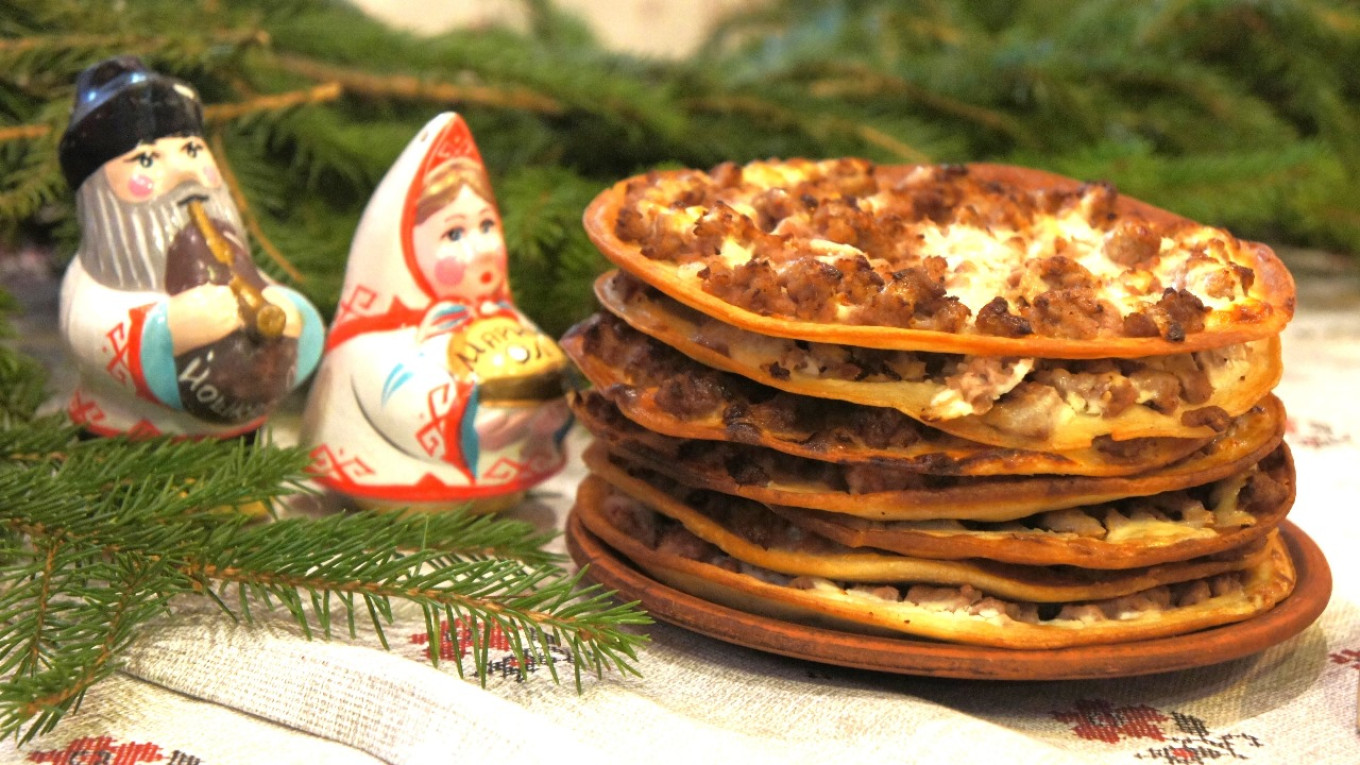When people think of the Orthodox Christian Maslenitsa (Shrovetide), they almost all think of one food: pancakes (blinis). But pancakes are not a purely Russian culinary achievement, and it’s silly to associate them solely with Orthodox traditions. Pancakes have been around for much longer.
The Mari people (in Russia once called Cheremis) live mainly between the Volga and Vetluga rivers. This Finno-Ugric people has faithfully preserved their own traditional religion and are sometimes called "the last pagans of Europe."
A few years ago we went to ShangaFest, a festival of cuisines of Finno-Ugric peoples held in Syktyvkar, the capital of the Komi Republic. Shanga are open-faced pies, which are traditional among these peoples. Mari cuisine made one of the strongest impressions on us.
But before we describe their culinary traditions, here’s a little history.
Today the Mari people don’t only live in the Republic of Mari El. A little less than half of them are scattered throughout Bashkortostan,the Volga region and the Urals. There are Mountain Mari, Meadow Mari, Northwestern Mari and Eastern Mari, each with its own traditions, habits and dialects. This came about due to their complicated history.
It is believed that the first mention of the Mari was in the 6th century. In Russia, they were called Cheremis until the 1917 Revolution. Like many of their Finno-Ugric counterparts, the Cheremis found themselves "in the wrong place at the wrong time." There was a fierce struggle for their ancestral territory between the Vyatka and Vetluga rivers.
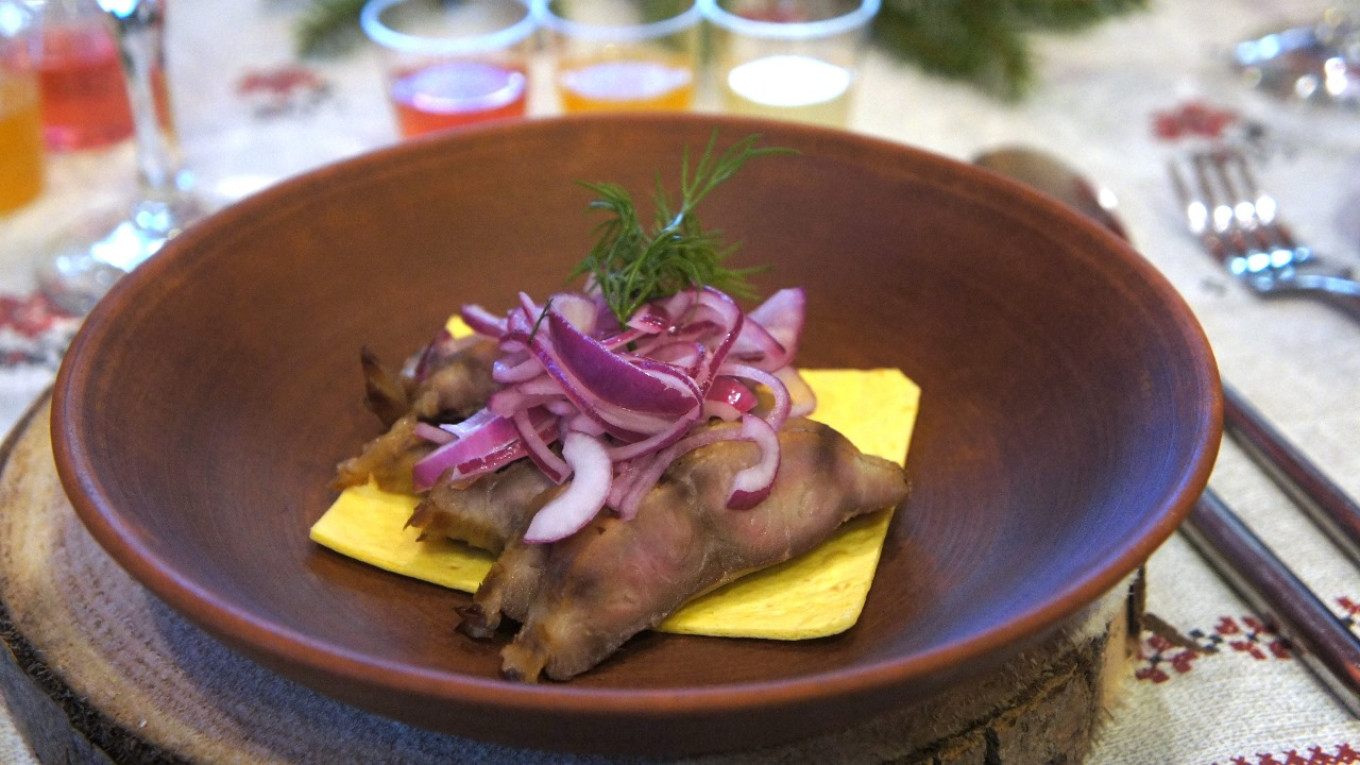
The Khazar Khaganate, Kyiv princes, Volga Bulgaria — these were just some of the peoples who came to this region to conquer it and exact tributes from its inhabitants. But the Cheremis did not give in. They quickly displaced the Udmurts from the adjacent areas. Their skills of warfare were so fine that Russian princes sometimes hired Mari to fight in their internecine wars. In the 12th century the Mari even created a prototype of a state: Vetluzhskoe kuguzstvo (principality), a union of Mari tribes that existed for 300 years.
During this time, the Cheremis were not strongly affected by the Mongol-Tatar invasion. Being on the far periphery of the Golden Horde, they were not particularly oppressed. But they had another powerful enemy — the Novgorod Republic, and later the Moscow principality.
The whole period from the 14th to the 16th centuries is a time of continuous wars. In 1523 Vasily III defeated the Mari and moved some of them to the Lithuanian border. But they quickly escaped from the Moscow tsar, later establishing the Ukrainian Cheremis. After Ivan the Terrible conquered Kazan, he treated the Cheremis much more harshly than even the Tatars did. They were forbidden to settle in cities and on the banks of large rivers. So the Mari worked the land.
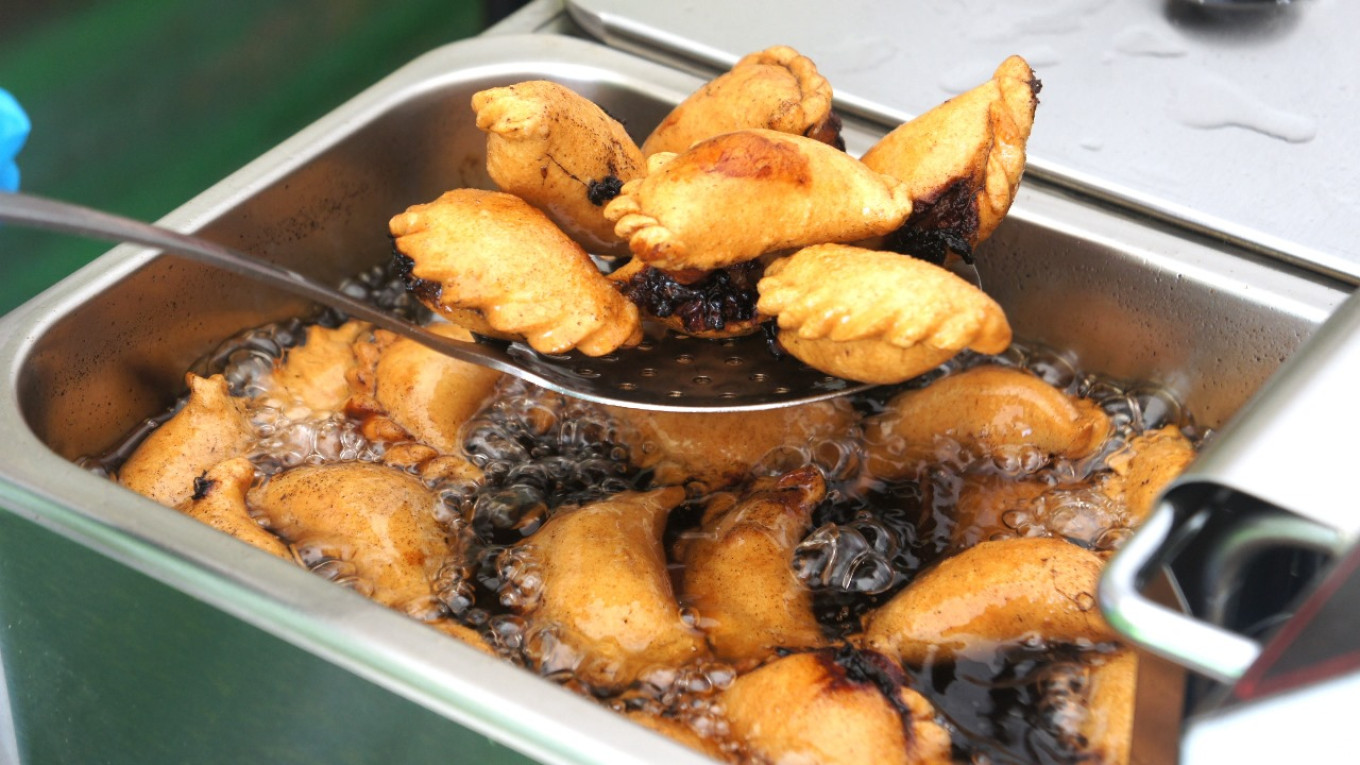
The Mari people who remained in their homeland revolted many times. They were enthusiastic fighters in the peasant war of Stepan Razin and in the uprising of Pugachev. They did not accept the forced Christianization of the region in the 18th century and were able to preserve their religion.
It is not surprising that this complicated history has given rise to a cuisine that combines the tastes and traditions of many peoples. Some notable dishes are their gray shchi (made from "gray" cabbage, the outer leaves that do not curl into the head of cabbage), which can be found today in Vologda or Vyatka. And podkogoli pirozhki, which are slightly reminiscent of the city of Perm’s posikunchiki.
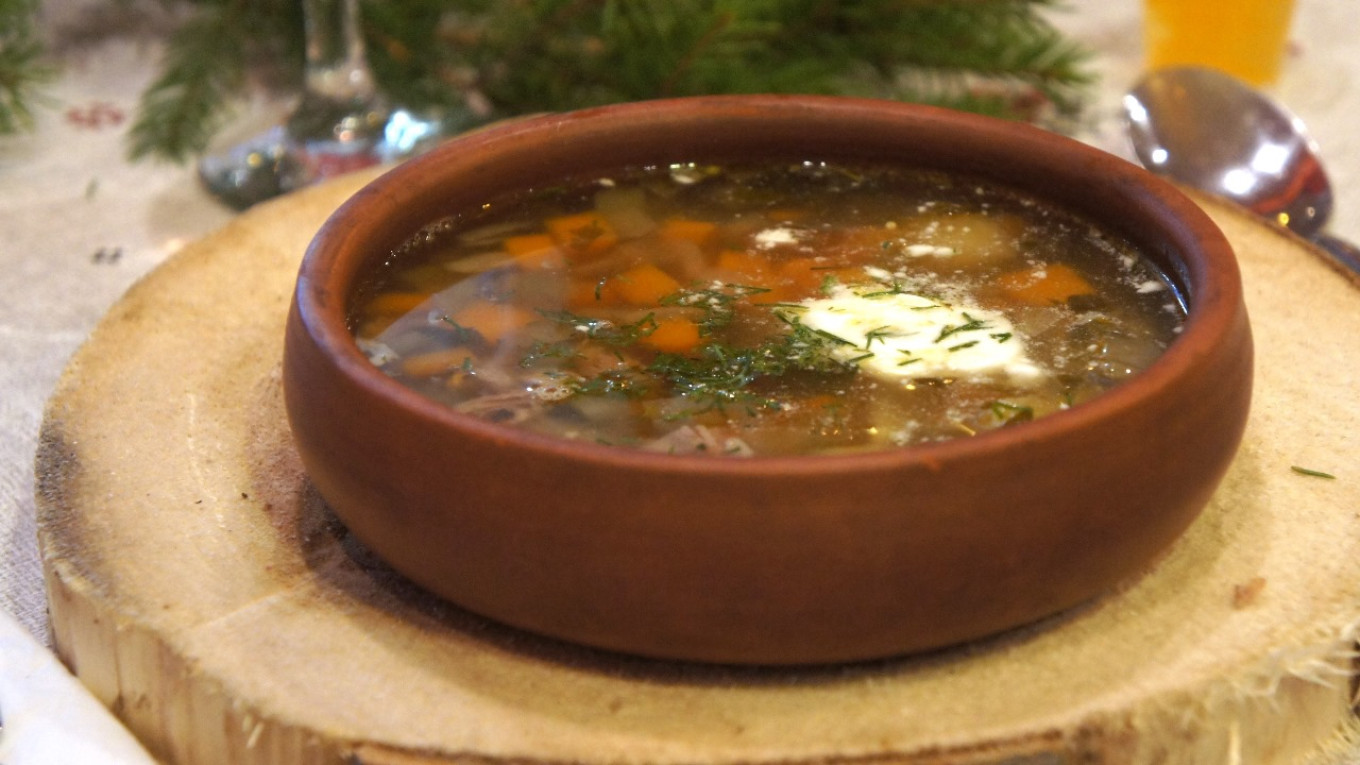
The abundance of forests, rivers, lakes and meadows meant unique products and dishes from nature: mushrooms and berries (for example, they prepare delicious kvass from cranberries, cowberries, rowanberries); fish (salads from sterlet, double ukha soup, dried fish soups, roasted fish, baked fish, fish flour); and greens (soups, borshch, green shci).
Forest fauna also enriched the Mari cuisine (stewed bear, baked and stewed hare, stewed moose, moose shashlik). Honey is used in many dishes, embuing them with a pleasant flavor as well as medicinal properties (a drink made of honey, "sausages" made of cottage cheese and honey, cranberries in honey).
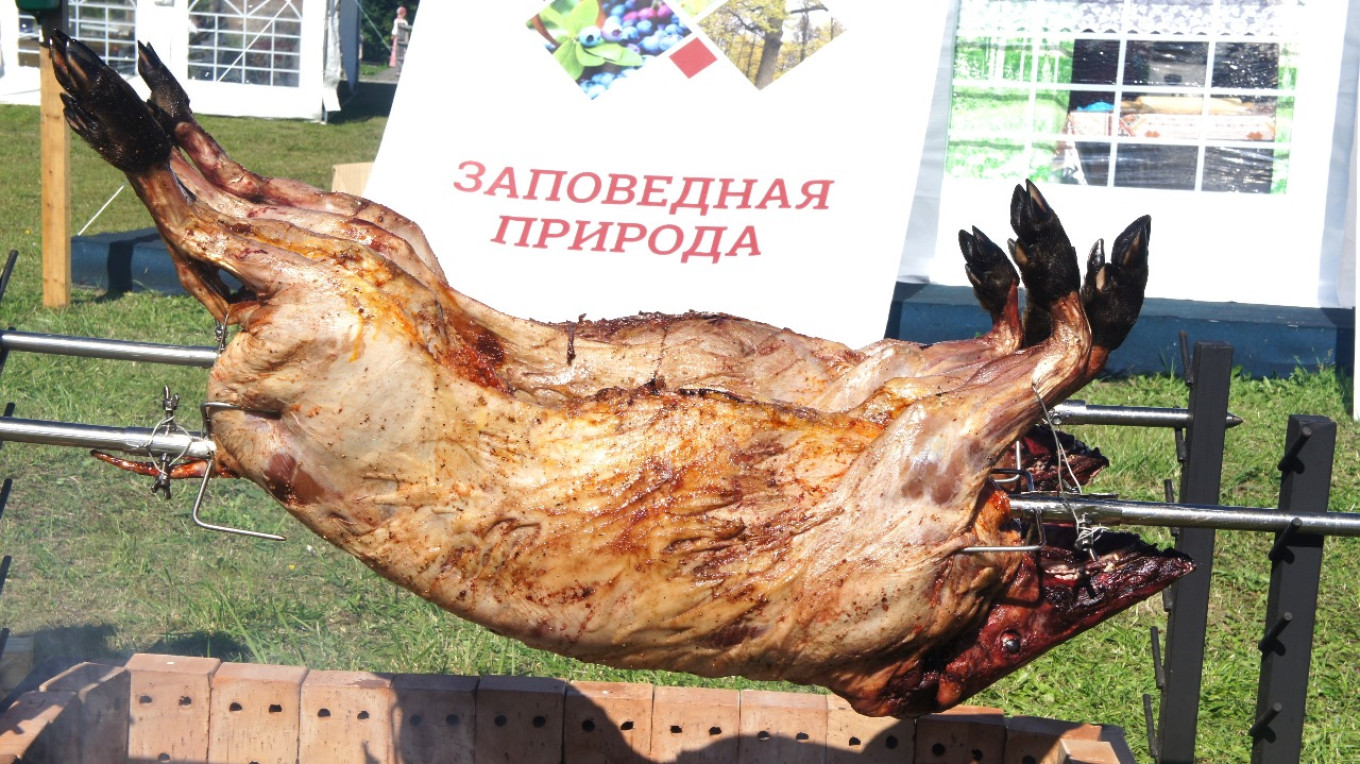
To roast a wild boor (above), don’t use the fattest one you can find. The best boor is well roasted on a spit, served with a sauce of mustard and herbs. It is not enough to kill a wild boar; you have to know how to cook it so that the meat is tender and delicious.
Sausages were traditionally made from the meat of domestic animals, for example, kozh (dried sausage made of horse meat) and sokta (boiled sausage made of meat, by-products, pieces of lard, fresh blood and grits, in a casing made of lamb or pig intestines). These sausages can be made without meat, but they always include lard and blood.
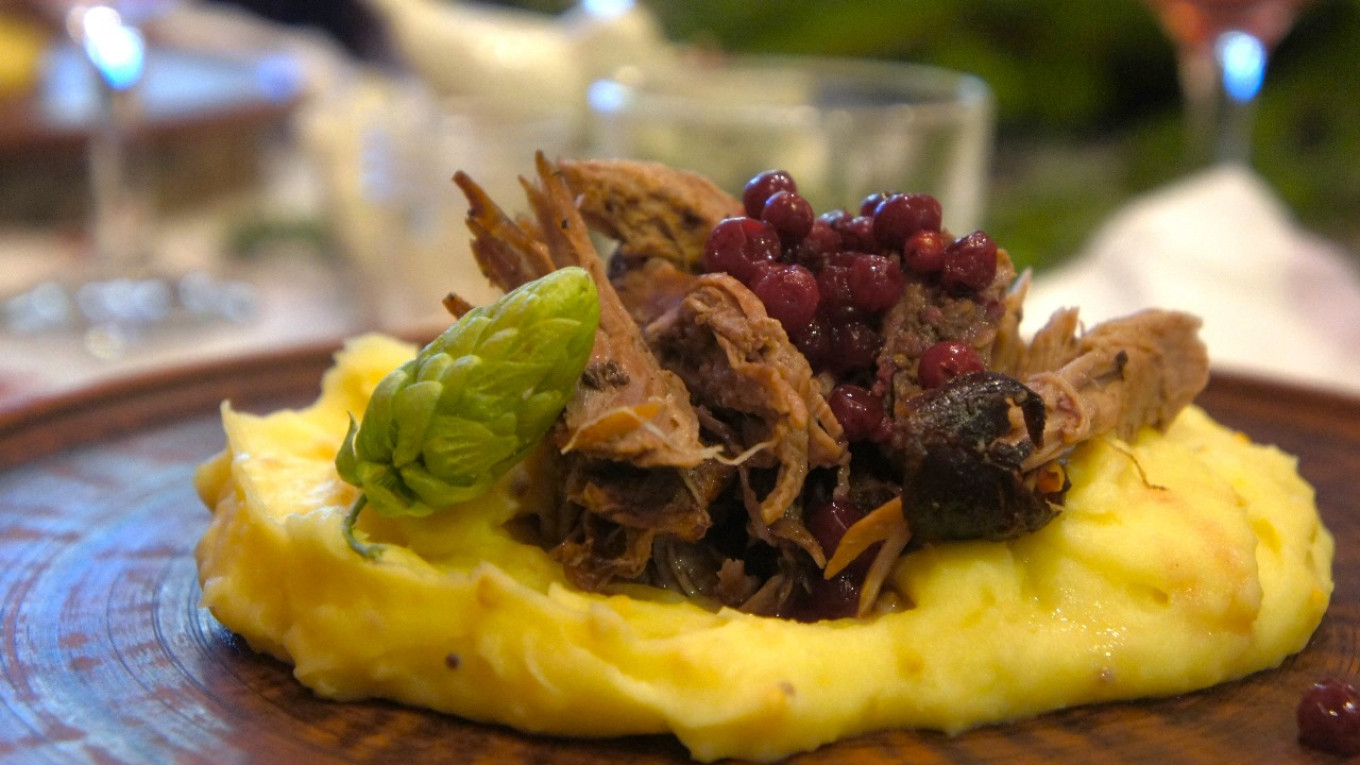
In Mari cuisine there are quite a lot of dishes made of dough, most commonly from wheat flour and oat groats, less often oatmeal, buckwheat, pearl barley and dried peas. The Mari cuisine is rich products made with flour, such as closed and open pies with various fillings (fish, meat, eggs, peas, cottage cheese, potato). A characteristic feature of Mari cuisine is a strong sour or salty taste in many dishes.
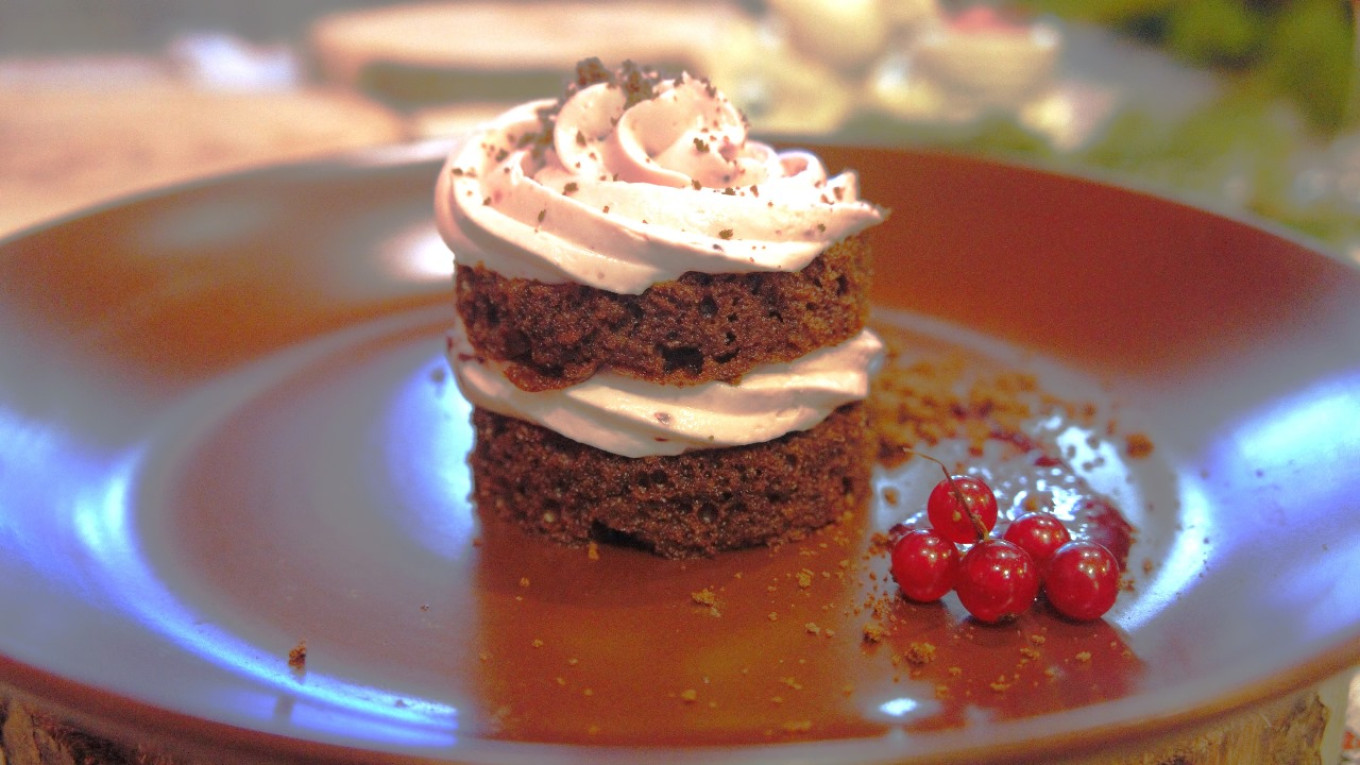
The most common beverages are beer, kvass and a strong honey drink called “puro." Drinks made from hops were served at family and community festivals. The Mari make a kind of vodka called “draka” from bread or potatoes, as well as bread beer and mead made with hops.
At the festival, we had a chance to taste pancakes called "koman melna." Sometimes they are prepared with meat (even with wild boar), as pictured in the top photograph.
But more often they are filled with porridge. They are just delicious! Everything seems to be simple, but with the pure quality of products and the skilled hands of the cook the result is a stack of pancakes with a wonderful homemade flavor. So flavorful and tender!
There are several versions of Mari pancakes, but we tried the one below.
Koman Melna Pancakes
Ingredients
1st layer (bottom) pancakes
- 240 g (8.5 oz or 2 c) wheat flour
- 1 egg
- 200 ml (generous ¾ c) milk
- 40 g rye (1.4 oz or 1/3 c) flour
- ½ tsp salt
- 1 tsp baking powder
- 1 tsp sugar
- 2 tsp vegetable oil
2nd layer
- 50 g (1.7 oz or 1/3 c) oat flour
- 120 g (4.2 oz or ½ c) kefir
- 80 g (2.8 oz or 1/3 c) sour cream
- pinch of salt
3rd layer
- 250 g (8.8 oz or 1 c) sour cream
- 1 egg
- pinch of salt
Instructions
- Preheat the oven to 220°-230°C /430°-445°F.
- Mix pancake dough for the first (bottom) layer. Mix wheat and rye flour, sugar, baking powder and salt.
- Add half of the milk and egg, stir with a whisk. Pour in the remaining milk and vegetable oil. Stir.
- For the second layer, mix oat flour with kefir and sour cream. Add a pinch of salt.
- For the third layer, mix sour cream with the egg and salt.
- Pour a ladle of pancake batter onto a pan (not thinly) and bake in the oven at 220°-230°C /430°-445°.
- When the pancake is cooked through, spread the second layer (with oat flour) and top with the sour cream filling (third layer). Put it back in the oven until lightly browned.
- Spread the finished pancake with butter.
Makes 8-10 pancakes depending on flour and size of pan.
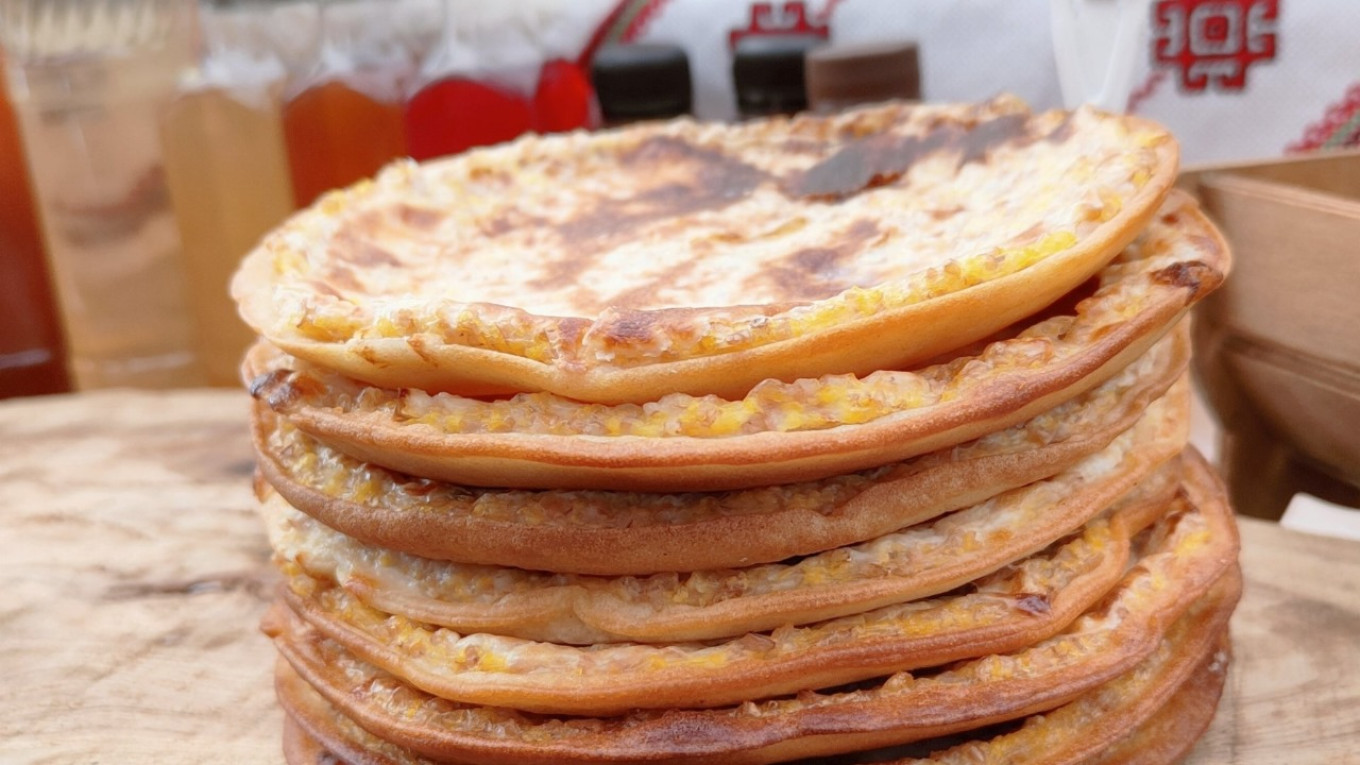
A Message from The Moscow Times:
Dear readers,
We are facing unprecedented challenges. Russia's Prosecutor General's Office has designated The Moscow Times as an "undesirable" organization, criminalizing our work and putting our staff at risk of prosecution. This follows our earlier unjust labeling as a "foreign agent."
These actions are direct attempts to silence independent journalism in Russia. The authorities claim our work "discredits the decisions of the Russian leadership." We see things differently: we strive to provide accurate, unbiased reporting on Russia.
We, the journalists of The Moscow Times, refuse to be silenced. But to continue our work, we need your help.
Your support, no matter how small, makes a world of difference. If you can, please support us monthly starting from just $2. It's quick to set up, and every contribution makes a significant impact.
By supporting The Moscow Times, you're defending open, independent journalism in the face of repression. Thank you for standing with us.
Remind me later.



